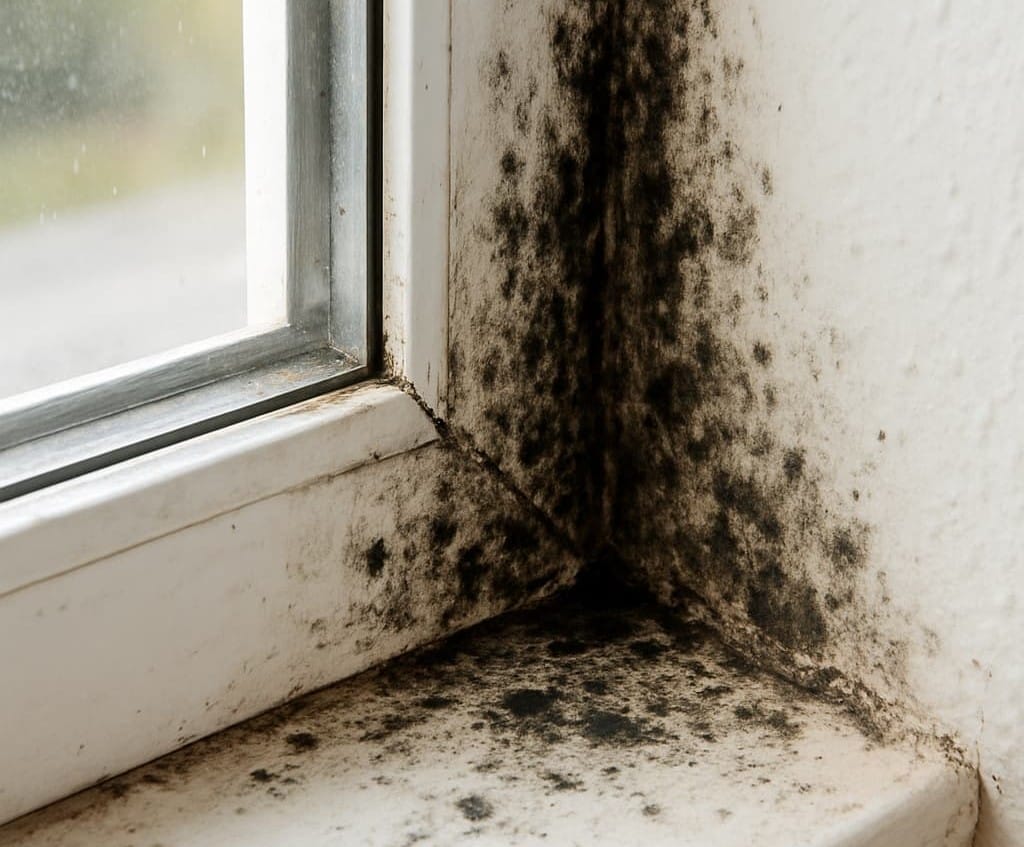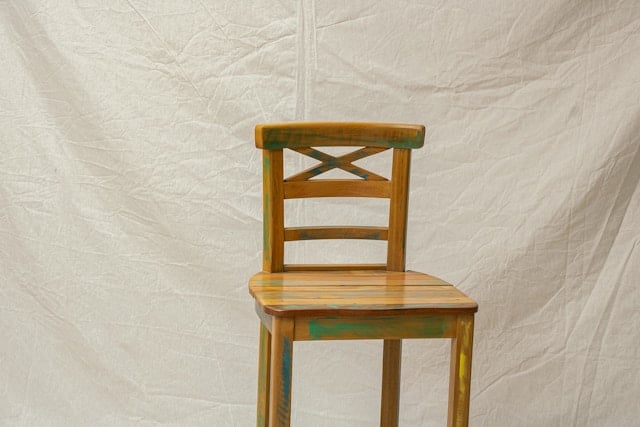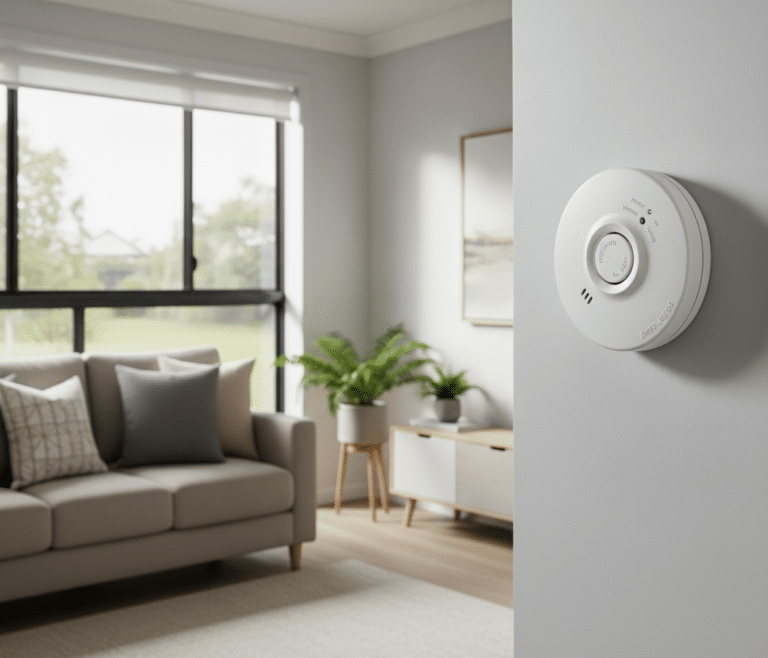Window condensation is a common sight in many Australian homes, particularly in southern cities like Sydney and Melbourne. It is most noticeable during the cooler months, when warm indoor air comes into contact with cold glass surfaces. While condensation may seem harmless at first, it can cause serious issues if left unmanaged. Dampness can damage window frames, encourage mould growth, and impact the comfort and health of those living in the home.
Understanding why condensation happens is the first step towards fixing it. By learning what causes the problem and how to control it, homeowners can protect their property and create a healthier living environment.
What is Window Condensation?
Condensation occurs when warm moist air comes into contact with a surface that is cooler than the air around it. The water vapour in the air changes into liquid and appears as droplets on the glass. This is the same process that causes a cold drink to sweat on a hot day.
In our homes, everyday activities release moisture into the air. Cooking, showering, even breathing contribute to the humidity levels indoors. While a certain level of humidity is normal, modern, energy-efficient homes are often well-sealed to conserve heat and energy. While this is great for keeping energy bills down, it can also trap this moisture-laden air inside.
Without good ventilation, condensation often shows up on windows because glass is usually the coldest surface in a room. When outside temperatures drop, the glass cools quickly. If the air inside the home is warm and humid, moisture will form on the glass. This problem is especially common in winter, when heating increases the temperature inside while the glass stays cold.
In southern Australia, the climate plays a role as well. Sydney’s humid subtropical weather can create high levels of moisture in the air, leading to condensation in both summer and winter. Melbourne’s cooler winters, on the other hand, make window glass very cold, so moisture from indoor heating often collects on it overnight or in the early morning.
While condensation itself is simply water, it can be a sign that a home has poor ventilation or high humidity levels. Addressing the root cause not only prevents foggy windows but also helps maintain a comfortable and healthy home environment.
Types of Condensation
There are a few different kinds of condensation that homeowners may notice. Each type has a different cause and solution.
Interior Condensation
This is the most common type, where water droplets form on the inside surface of your window glass. This is a direct result of high indoor humidity levels. If left unaddressed, this type of condensation can lead to issues like mould growth around the window, peeling paint, and potential damage to window frames and surrounding walls.
Exterior Condensation
Sometimes, you might notice condensation on the outside of your windows, especially on cool mornings. This is actually a sign that your windows are doing a good job of insulating! The outer pane of glass becomes cold overnight, and when the warmer, humid outside air comes into contact with it, condensation forms. This type of condensation is generally harmless and will typically evaporate as the day warms up.
Condensation Between Glass Panes
If you have double-glazed windows (two panes of glass with a sealed air gap in between) and you see moisture or fogging between the panes, this is a sign of a problem. It indicates that the seal on the window unit has failed, allowing moist air to get into the gap. This isn’t a humidity issue within your home; it means the insulating properties of your window are compromised, and the affected window unit will likely need to be replaced.
Understanding which type of condensation you are dealing with is important. Interior condensation can be controlled with ventilation and heating adjustments. Exterior condensation is natural and not a concern. Moisture between panes, however, is a sign that professional help is needed.
Is Window Condensation a Problem?

A little condensation now and then is usually not a major concern, but regular moisture on windows can quickly lead to bigger issues. Water that sits on glass and frames for long periods can damage the materials around it. Timber frames may swell, crack, or rot. Paint can peel or bubble, leaving windows looking tired and worn.
The bigger issue, however, is mould. The constant presence of moisture creates an ideal breeding ground for mould and mildew. These fungi can grow on windowsills, frames, walls, and even behind wallpaper, releasing spores into the air. This can pose significant health risks, especially for individuals with respiratory issues like asthma or allergies. Mould spores can also affect air quality, which may cause breathing problems for people with asthma or allergies.
In addition, ongoing condensation may be a sign that a home has too much humidity. This excess moisture can spread beyond windows and affect ceilings, walls, and insulation. Over time, this can weaken building materials and create an unhealthy living environment.
For these reasons, condensation should not be ignored. Even if the water itself is harmless, the damage it causes can be costly and long-lasting if left untreated.
Quick Fixes for Everyday Condensation in Australian Homes
There are several simple steps that can be taken straight away to reduce indoor condensation:
- Use exhaust fans: Run fans in the bathroom, kitchen, and laundry every time they are used. This helps move steam and damp air outside before it settles on windows.
- Open windows and doors briefly: Even just five minutes a day can let moist indoor air escape and bring in fresh, drier air. This is particularly effective in cooler months in Melbourne or after humid nights in Sydney.
- Keep blinds and curtains open: Closed coverings can trap moisture against the glass. Letting air circulate freely across the surface keeps windows drier.
- Run a dehumidifier: If the home feels damp, a dehumidifier can remove excess moisture from the air and reduce condensation.
- Avoid drying clothes indoors: Hanging washing inside releases large amounts of moisture into the air. Drying clothes outdoors, or using a dryer that vents outside, makes a big difference.
These quick measures can greatly reduce the amount of condensation on windows. While they may not solve the issue completely, they are practical habits that make the home more comfortable and healthy.
Long-Term Solutions
While quick fixes can help with day-to-day condensation, long-term solutions are needed if the problem keeps coming back. These improvements make a lasting difference by controlling humidity and keeping window surfaces warmer.
- Upgrade to double glazing or Low-E glass: Double-glazed windows or Low-E (low-emissivity) coatings help reduce heat loss. The inner pane stays warmer, which lowers the chance of condensation forming.
- Choose thermally broken frames: Aluminium frames with a thermal break reduce the transfer of cold from outside to inside. This helps prevent cold surfaces that attract moisture.
- Improve home ventilation systems: Installing systems such as positive-pressure or heat-recovery ventilation can bring in fresh, dry air while pushing out damp air. This keeps humidity levels stable year-round.
- Enhance subfloor ventilation: In raised homes, moisture can rise from the ground into living spaces. Adding or improving subfloor vents allows damp air to escape, keeping the home drier.
- Seal and insulate properly: Ensuring the home is well insulated and sealed against drafts can help maintain a consistent indoor temperature. Stable temperatures reduce the chance of condensation forming on glass.
These changes may involve a bigger investment, but they provide ongoing benefits. Not only do they reduce condensation, they also improve comfort, energy efficiency, and the overall health of the home.
Frequently Asked Questions
Are my windows faulty?
In most cases, condensation is not caused by faulty windows. It usually happens because of high indoor humidity or cold surfaces. Even brand-new, high-quality windows can show condensation if there is too much moisture in the air.
Why do new homes have more condensation?
Modern homes are built to be airtight and energy efficient. While this is good for keeping heat in, it also means less natural airflow. Without enough ventilation, moisture builds up quickly indoors, leading to more frequent condensation.
Can double glazing still get condensation?
Yes. Condensation can appear on the outside of double-glazed windows, especially on cold mornings followed by warm, humid conditions. This is harmless and usually disappears as the glass warms. If condensation shows up between the panes, the seal has failed and the unit needs repair or replacement.
Will condensation go away on its own?
Not always. It may clear during the day, but if it returns regularly, it is a sign that moisture levels in the home are too high. Without action, the problem can get worse over time.
The Takeaway
Condensation on windows is common in southern Australian homes, especially in cities like Sydney and Melbourne. While it may seem like a small issue, it can lead to damage, mould, and poor indoor air quality if it is not managed properly.
The key is to understand why condensation occurs and take steps to reduce it. Simple actions, such as running exhaust fans, opening windows for short bursts, and avoiding indoor clothes drying, can make a big difference. For lasting results, upgrading to double glazing, improving ventilation, and considering climate-specific strategies provide the best protection.
By staying on top of condensation, homeowners can create a healthier, more comfortable living environment and protect their homes for the long term. Looking to keep on top of some more general home maintenance? Check out one of our other articles for some tips.




